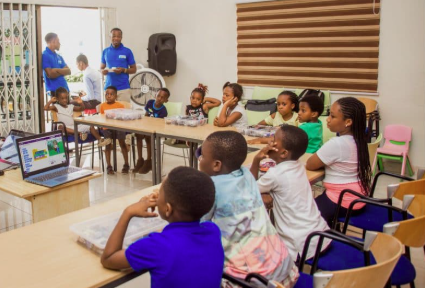As technology becomes more integral to daily life and the global economy, coding is gaining traction as an essential skill for students. Many educators and policymakers now advocate for coding to be taught as a core subject—on par with math, science, and language arts. Integrating computer science into the regular curriculum not only prepares students for future careers but also develops problem-solving, creativity, and logical thinking skills.
Why Coding Should Be Core
- Digital Literacy: Coding helps students understand how the digital world works and how to participate actively in it.
- 21st-Century Skills: Programming enhances critical thinking, collaboration, and resilience—all vital in modern learning and working environments.
- Career Readiness: Exposure to coding opens pathways to careers in technology, engineering, data science, and many other growing industries.
- Equity and Inclusion: Introducing coding early ensures that all students—regardless of background—have access to foundational tech skills.
Innovative Curriculum Ideas for Teaching Coding
1. Cross-Disciplinary Projects
Combine coding with core subjects like math, science, and art. For example, students can write Python scripts to analyze math data or use block-based coding to animate historical timelines.
2. Storytelling Through Code
Use platforms like Scratch or Twine to let students build interactive stories. This enhances creativity while reinforcing coding logic, sequencing, and conditional thinking.
3. Game Design Modules
Allow students to design and build simple games using tools like Tynker or Unity. This approach fosters motivation and introduces coding concepts like loops, variables, and event handling.
4. Robotics and Physical Computing
Incorporate hardware tools like Micro:bit, Arduino, or LEGO robotics to teach coding through hands-on experiments. These projects bridge the gap between virtual code and real-world applications.
5. Coding for Problem Solving
Create challenges where students design apps or websites that address real-life problems—like organizing school events or promoting environmental awareness.
6. Coding Across Grade Levels
Start coding in elementary grades with block-based tools like ScratchJr, and progress to text-based languages like Python or JavaScript in middle and high school.
7. Collaborative Coding Platforms
Encourage teamwork through platforms like Replit or GitHub Classroom, where students can co-write, debug, and share projects.
Implementation Tips
- Provide teacher training and access to resources
- Use project-based learning to keep lessons relevant and engaging
- Partner with local tech organizations for mentorship and real-world insight
- Ensure inclusivity by addressing gender and access gaps in technology
Conclusion
Making coding a core subject supports the development of versatile, tech-savvy learners prepared for a digital future. With creative curriculum strategies and the right tools, schools can integrate coding meaningfully into everyday learning. As education continues to evolve, prioritizing coding is not just innovative—it’s essential.


